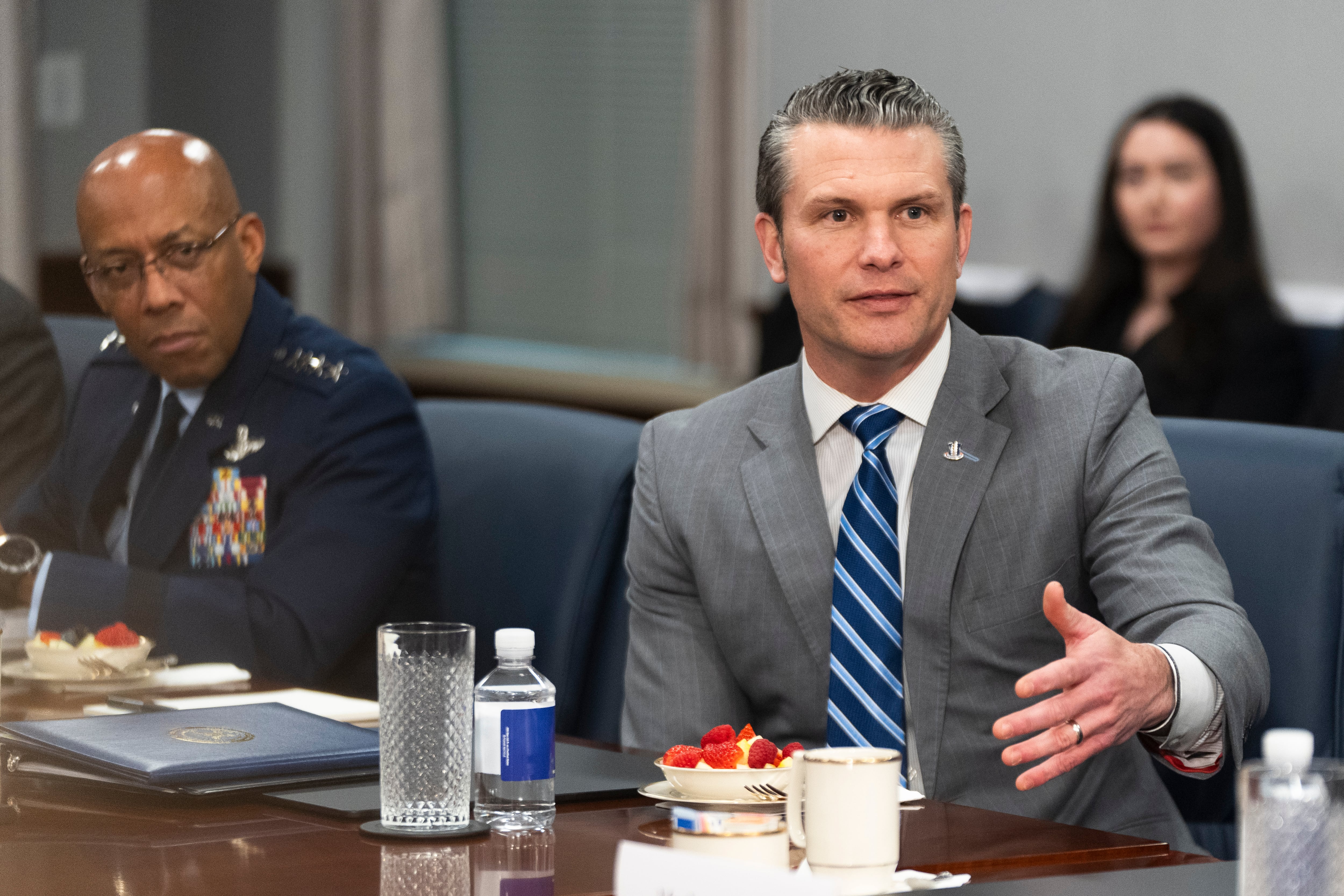Defense officials are developing four courses to educate the military community about new retirement plan options for the 1.6 million service members who will make big decisions starting in 2018 — about whether to opt in to the new retirement system or stay with the current system.
There will be a course for leaders; a course for the service members who will have to make a choice about their retirement system; a course for personal financial managers working with the military community; and a course for new troops coming in as of Jan. 1, 2018.
"We are working hard to get out the right information to the right places in plenty of time to make an informed decision," said Daniel Feehan, principal deputy assistant secretary of defense for readiness. Feehan is an Army veteran and former middle school math teacher.
"Everyone should feel calm that they will receive educational materials that will make them an empowered consumer and empowered decision-maker" for their financial future, Feehan said.
No one has to make decisions about this in 2016 or 2017.
But in 2018, service members in the active and reserve components who entered the military after Jan. 1, 2006 — about 1.6 million people — will have to decide whether to stay with the current retirement system, or move to the new retirement benefit system signed into law in November. Troops can make the choice beginning Jan 1, 2018; the deadline for making the decision is Dec. 31, 2018.
Those with more than 12 years of service will be automatically grandfathered in to the current retirement plan. Those entering the military Jan. 1, 2018, or later will have no choice; they will be under the new retirement plan.
The new retirement system, which takes effect Jan. 1, 2018, will mean smaller pension checks but will include cash contributions to service members’ retirement accounts (Thrift Savings Plan). This means that for the first time, troops who leave the military before 20 years of service will have some limited retirement benefits to take with them.
Troops will have to consider a number of variables, but the choice made could have a huge impact on a service member’s financial future.
By early 2017, officials will roll out the critical course geared for those service members who are most affected by the change, educating them on their options, including
The services have their own methods of how they deliver this course. But among the resources will be
a tool that lets troops plug
run the numbers for comparison, plugging
in their own data to help them make their decisions about whether to stay with the current system or opt in to the new one.
It will be somewhat similar to the TurboTax, officials said, prompting people to enter data based on laws, regulations and responses to previous questions.
Troops
can
will plug in different numbers, such as varying
different
retirement dates and Thrift Savings Plan
different amounts of their own
contributions to
their Thrift Savings Plan, to
determine which choice would be better for them
financially
in the long run.
The tool will provide guidance on some of the variables — for example, steering troops away unrealistic expectations such as assuming a 30-percent annual rate of return on their retirement funds when plugging in their numbers. That will be beta-tested later this summer.
Troops will gain access to the course using their CAC (Common Access Card), but there also will be a version on Military OneSource that spouses will be able to use, because of the key role spouses often play in the household's financial decisions
in the household
.
Two courses will be fielded earlier. The first course, geared for military leadership, is expected to be in the field this summer, educating leaders about general aspects of the new retirement system and their responsibilities to make sure the force is ready to make the decisions.
Another course is designed to educate command financial specialists and personal financial management specialists, enabling them to help troops with questions about their individual circumstances and choices.
Advocates have called for a robust, viable education program about the extensive new retirement system, and the choices people will make, so that the burden is not on commanders, said Mike Barron, a retired Army colonel who is deputy director of government relations for the Military Officers Association of America. "We want professional financial managers to be providing expert advice to service members and their spouses," he said, emphasizing that spouses need to be included in this process.
"I’m cautiously optimistic. It sounds like they’ve thought this through," he said. It’s also important that the course for new troops entering in 2018 include information about how important it is for them to contribute as much as possible to their retirement plan, and they need to do so starting immediately, Barron said.
DoD’s Joint Knowledge Online is developing the courses, with input from DoD’s military personnel policy and compensation offices and a number of other experts in DoD. Joint Knowledge Online, experienced in developing other curriculum, is DoD’s unique source for online joint training. The services’ military personnel leaders and senior enlisted leaders also have been involved.
DoD is going to great lengths to get this information right, as a solid foundation, officials said. The first course is DoD’s official information to leaders about what the new system is and what it isn’t, he said, and how officials expect leaders to get the message out to the troops.
"This is strict guidance with which [leaders] can turn and amplify, and calm the background noise that has surfaced thus far," he said.
Karen Jowers covers military families, quality of life and consumer issues for Military Times. She can be reached at kjowers@militarytimes.com.
Karen has covered military families, quality of life and consumer issues for Military Times for more than 30 years, and is co-author of a chapter on media coverage of military families in the book "A Battle Plan for Supporting Military Families." She previously worked for newspapers in Guam, Norfolk, Jacksonville, Fla., and Athens, Ga.





